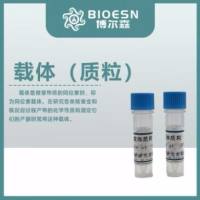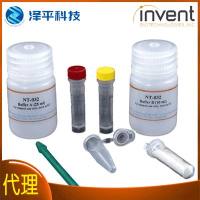Analysis of Transgenic Glycoside Hydrolases Expressed in Plants: T. reesei CBH I and A. cellulolyticus EI
互联网
540
Plant cell walls are composed of three basic structural biomolecules: cellulose, hemicellulose, and lignin with cellulose being the most abundant biopolymer on earth. Cellulose is composed of cellodextrins, which are linear polymers of glucose, and considered to be microcrystalline in structure. The conversion of cellulose to free glucose is one of the primary steps in the fermentative conversion of biomass to fuels and chemicals. However, the crystalline nature of this complex, noncovalent structure is highly resistant to enzymatic hydrolysis. Thus, the substantial cost currently associated with biomass saccharification primarily represents the cost of biomass degrading enzymes [1]. Despite the fact that the microbial cellulose hydrolytic “machinery” for the recycling of carbon from plant biomass already exists in nature, the natural enzymatic degradation of plant material is typically a slow and complex process [2]. Thus, if commercial biofuels production is to become a reality, it must be more cost-effective. One method proposed for achieving this objective is to express all or some of the requisite cellulolytic enzymes in planta , thus reducing both enzyme and thermochemical pretreatment costs [3, 4].









